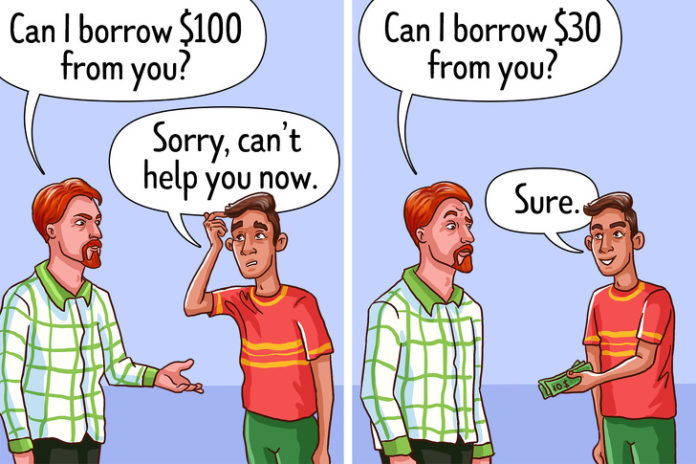
Have you ever been in a position to buy the 100th pair of shoes you don’t need? Perhaps taking care of the kids of the neighbours rather than going to the movies? Okay, that’s likely because you don’t even know how often people are using us with malicious techniques.
1. “But all your friends are doing it.”
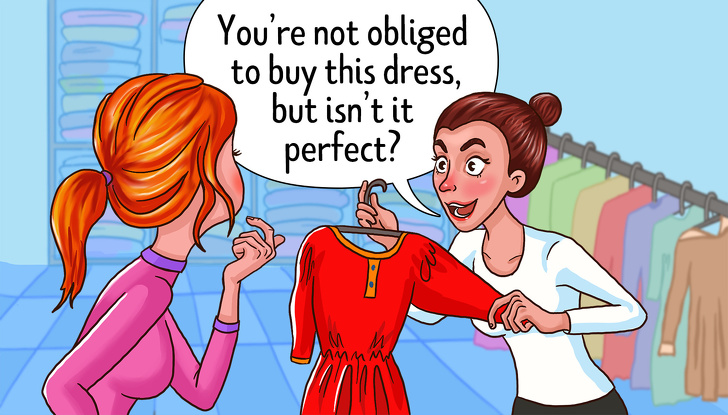
There’s a whole science about getting someone to buy something when they don’t need it. Shop assistants are often concerned with the presentation and the client’s social group. So if you’re a graduate, a working mom, or a housewife, they’re going to say “everyone like you’re buying that kind of dress!”
That’s how Instagram’s paid ads work— you’re more or less following people like you, endorsing something — you feel left out and need what they’ve received!
2. “Aim Lower” method
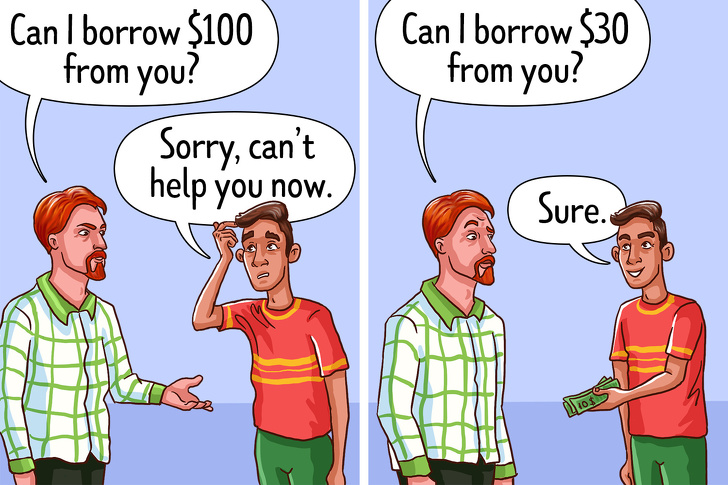
There’s an advertising strategy that says if you get a no, ask again, but make the question smaller and softer, or even do something that looks like a person’s favour, and the chances of hearing yes are going to increase dramatically.
For example, if a coworker asks you for a $100, there is little hope of hearing yes. But if he asks you for a lower amount, let’s say $30 and in a week he promises to give it back— the chances are much better, isn’t it?
3. A personal touch

Sam Houston State University researchers found that participants in the study were more likely to agree to complete a survey if it included a handwritten note asking their assistance. “It speaks to the value of personal touch,” says Jephtha Tausig-Edwards, a New York and Massachusetts clinical psychologist.
So when the seller asks you for your name, what you’re doing for a living, or for whom you’re buying things —they’re trying to make a connection, they’re looking like a caring person because it makes the selling process easier.
4. Constant approach
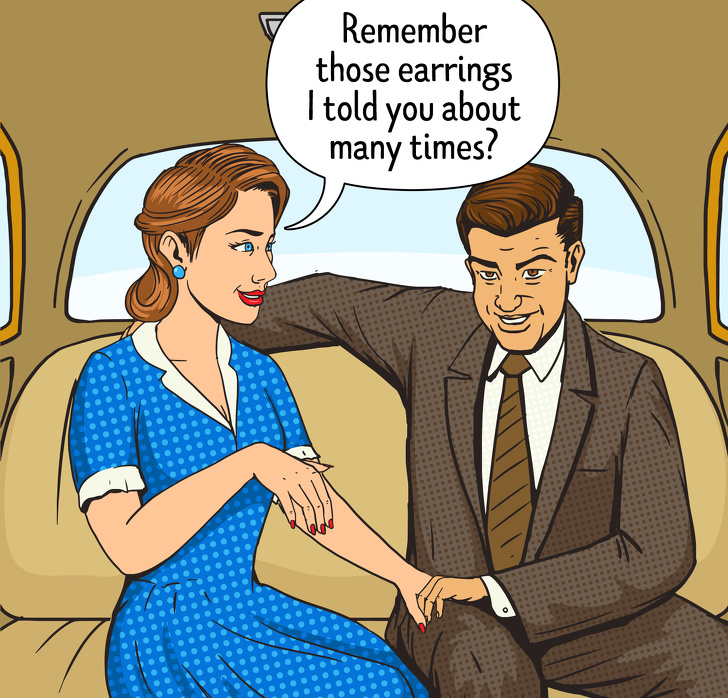
People feel uncomfortable if they turn down the same person many times, according to researchers at Stanford University. So if you reject an application and you are approached later by the same person with a different request, you are more likely to agree! That’s because the authors clarify, you feel guilty and you think you’re letting them down the first time.
5. Promising profits
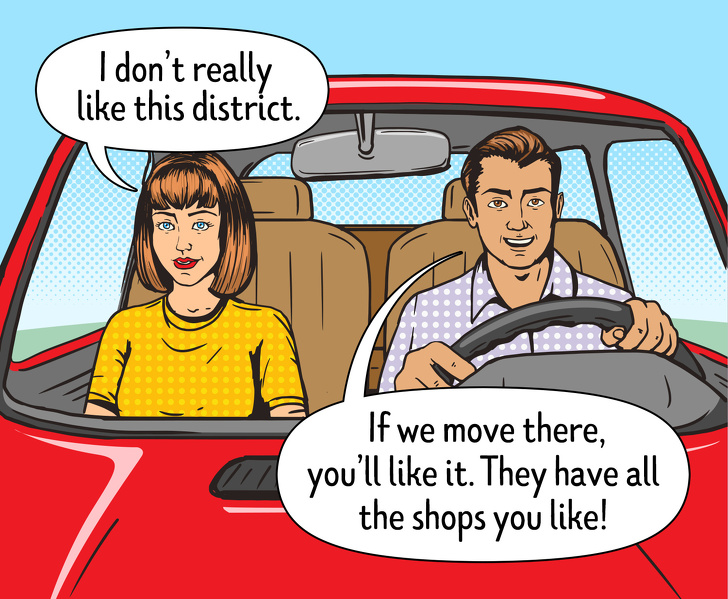
Studies from Germany found that if they hear a personal profit in the application, people are more likely to agree to something. People who pursue their own selfish goals often use this technique. So it’s important to be able to discern from people who are trying to fool you the really lucrative deals or genuine requests of friends.
6. You can always say “No.”
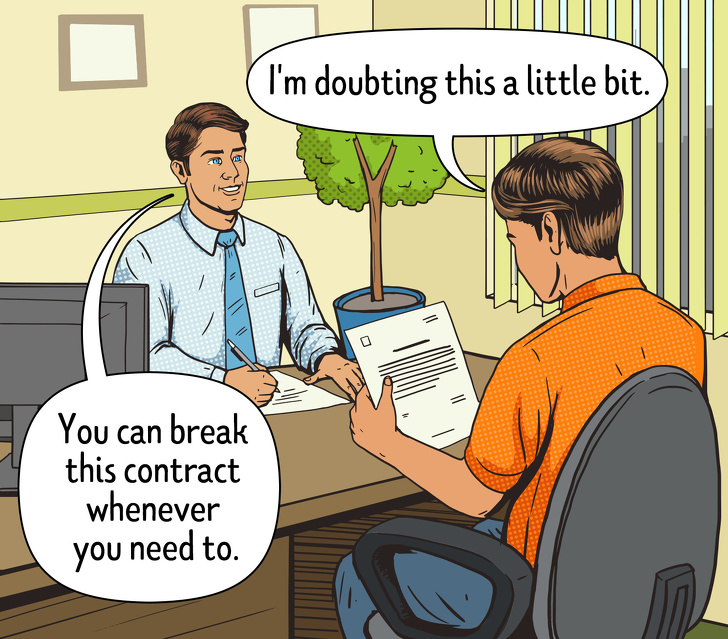
By offering someone the choice to say no, there’s definite energy. It’s also a well-known trick to remind them that they have rights and that they’re not a hostage. If you’re hearing “You don’t have to” or “It looks great to you, but it’s up to you to decide.” Psychologists suggest that this strategy reminds you of your rights, makes you feel confident, and doubles the odds of saying yes.
7. The 3 “Yes” trick
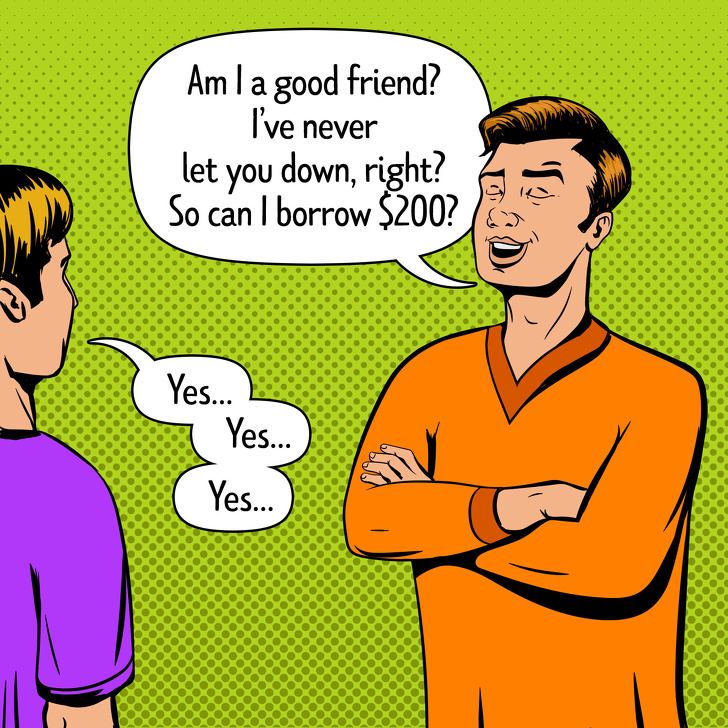
There’s a well-known technique that you can use if you want a person to say yes, ask at least two small questions that you know you’re going to get a positive response to — and then ask the same person for favour! We hold to our beliefs and actions, as psychologists claim, and we are motivated to remain committed to issues, responding positively to increasing demands. If you are saying yes to more and more stuff, they have you on the line.
Illustrated by Olga Khodiukova
